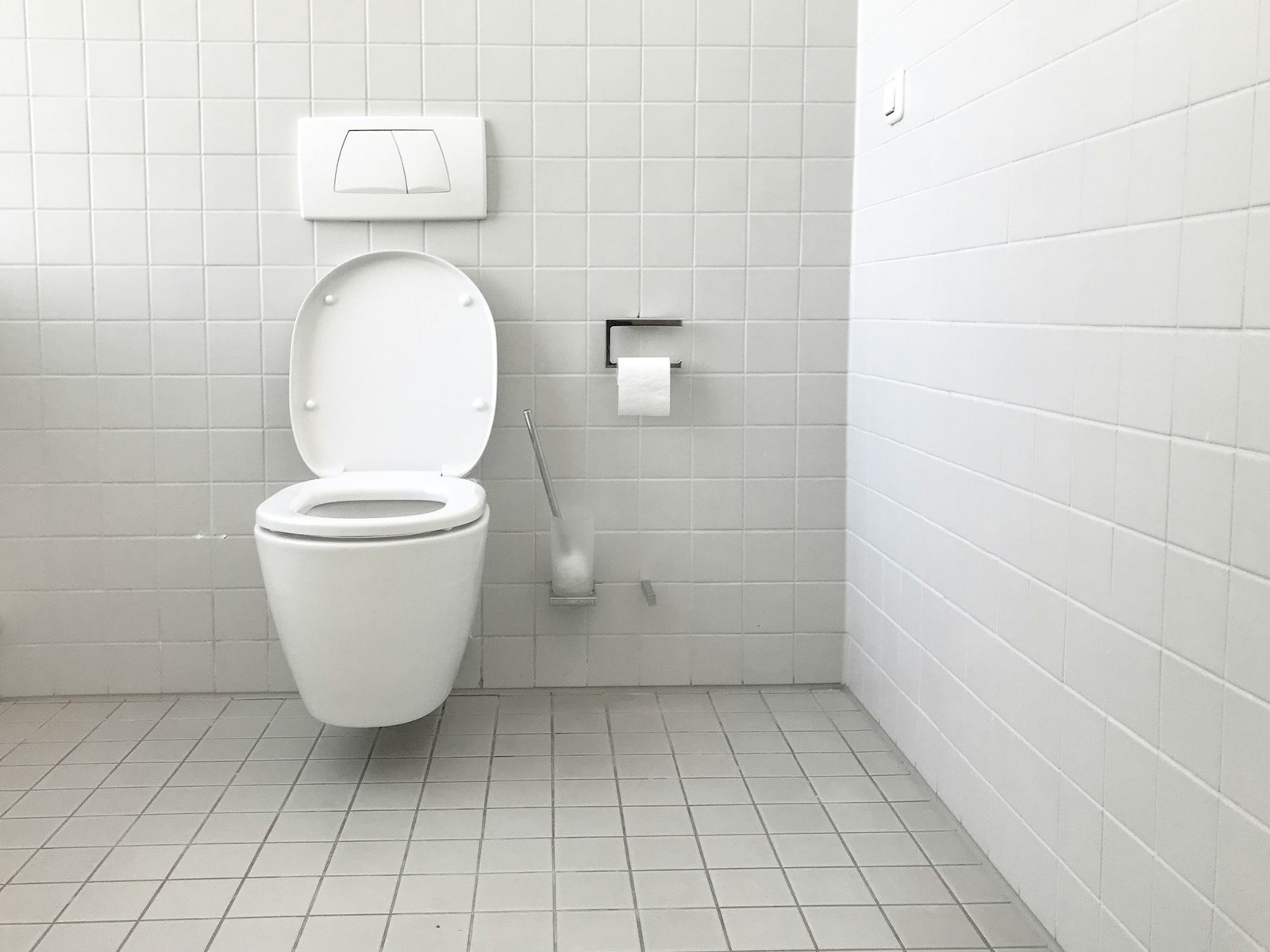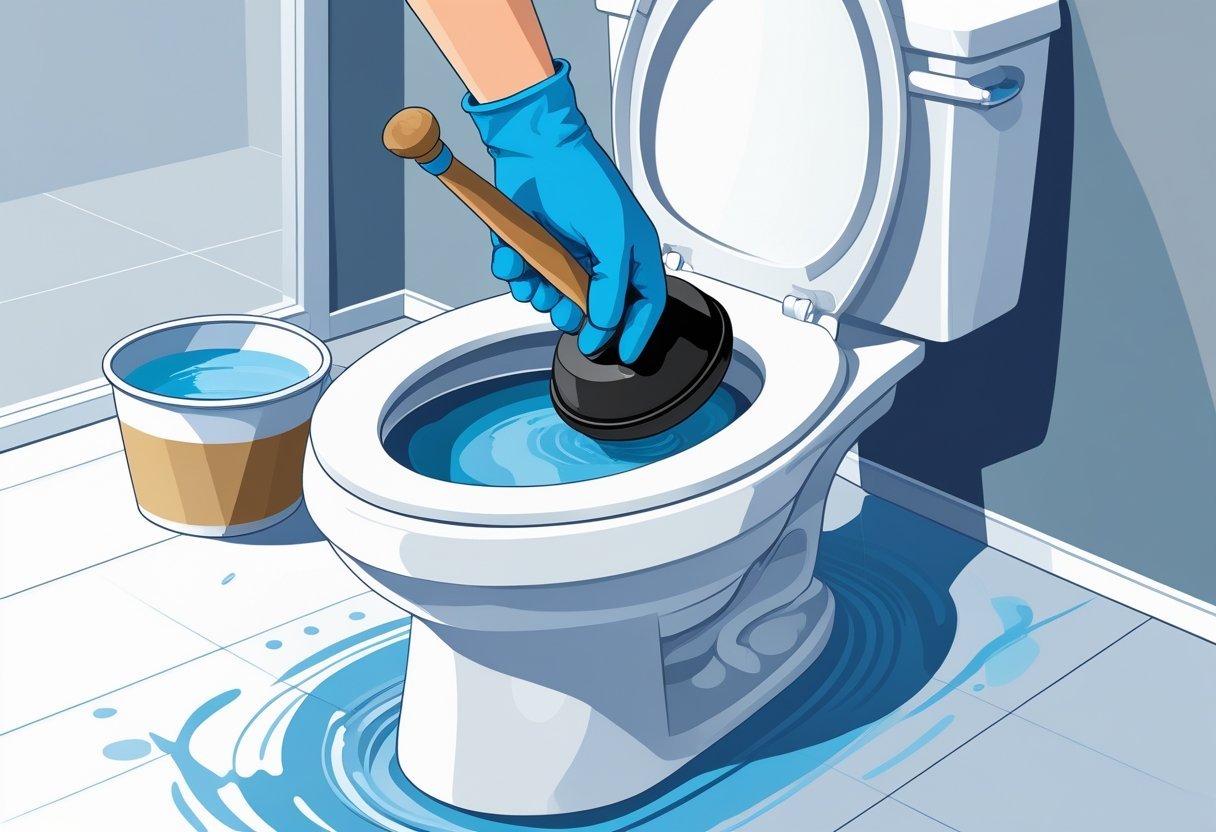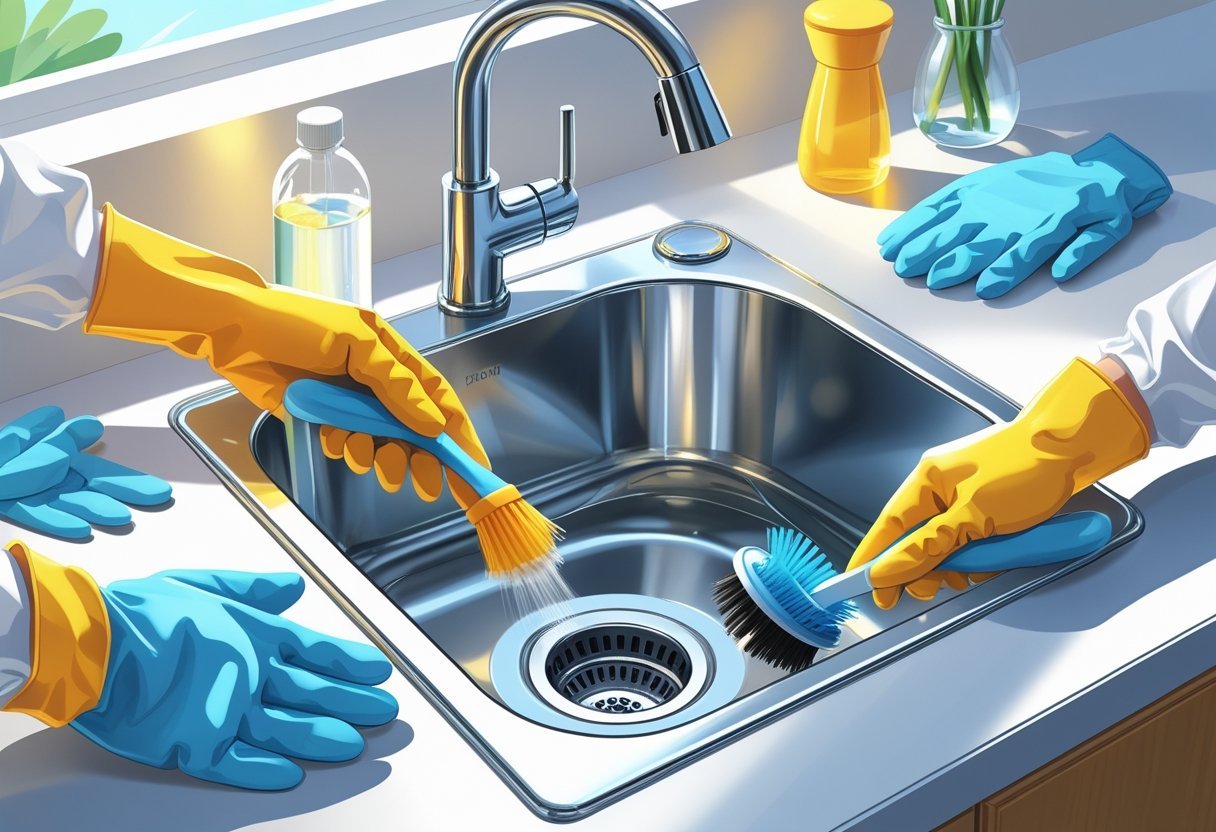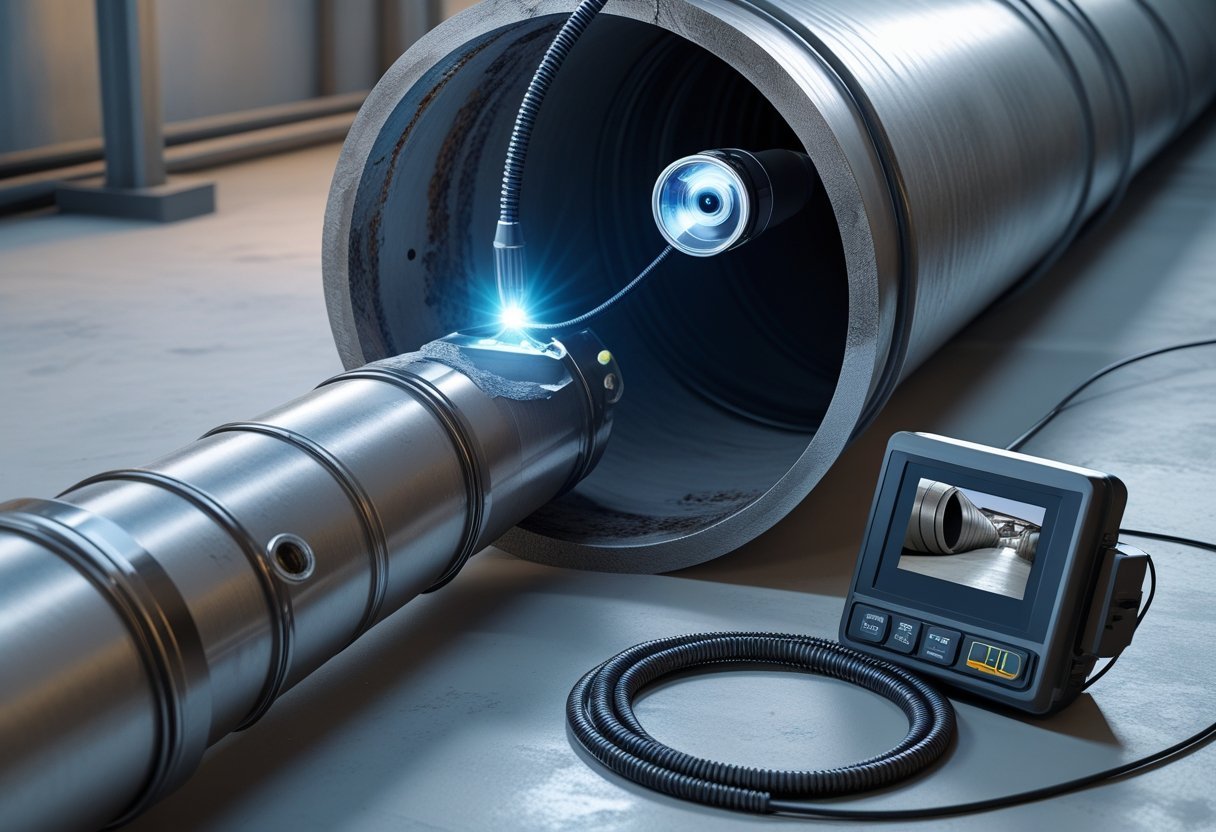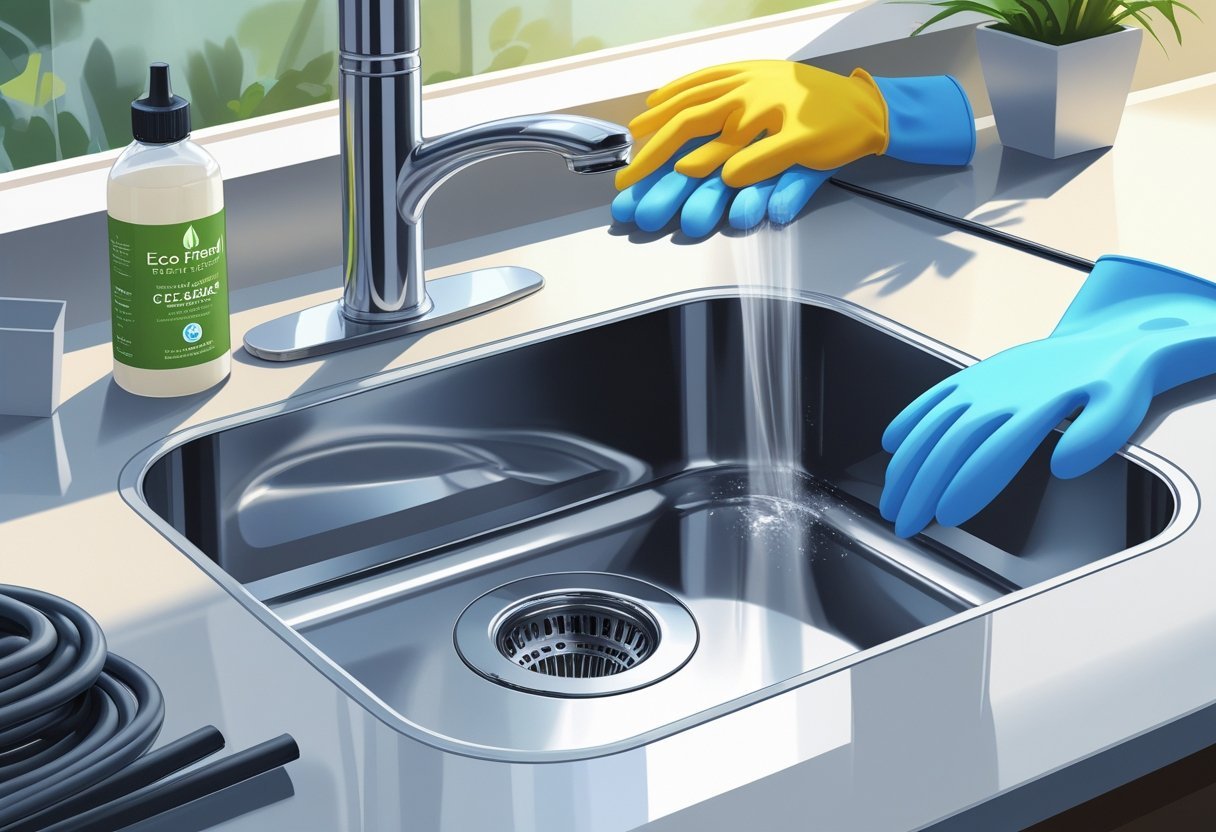Dealing with a washing machine that won’t drain can be frustrating, but knowing how to tackle the problem can save you time and stress. This guide will provide clear steps on how to effectively drain your washer, ensuring your laundry routine remains on track. Whether you’re facing a clogged drain hose or simply preparing your machine for a move, being prepared helps you act quickly.
When your washing machine leaves you with a drum full of water, it’s often a sign of an issue that needs immediate attention. Learning the best methods for manual drainage can prevent further complications. Companies like Large View Plumbing & Heating are equipped to help, but understanding the process yourself can empower you to handle minor emergencies with confidence.
As you explore the steps detailed in this article, you’ll gain insight into the necessary tools and techniques that make draining a washer manageable. With a bit of knowledge, you can keep your washing machine in prime condition and tackle any unexpected challenges that come your way.
Understanding How Your Washer Drains
To effectively manage your washing machine’s drainage system, it is essential to understand its various components and functions. Knowing how different types of washers drain can help you identify issues and maintain optimal performance.
Types of Washing Machines
There are two main types of washing machines: top-loading and front-loading.
Top-load washers have a lid on the top. They typically feature an agitator or impeller that helps move clothes through water during washing. The drain hose is positioned at the back, ensuring easy access to drainage systems.
Front-load washers are more efficient and can handle larger loads. They use a horizontal drum that spins to drain water. These models are generally quieter and offer better water and energy efficiency when compared to top-loaders.
Both types depend on reliable drainage to function properly.
Key Drainage Components
Key components involved in the drainage process include the drain pump, drain hose, and drain filter.
The drain pump is responsible for removing water from the washer drum. It is activated during the spin cycle to push water through the drain hose into the household plumbing.
Drain hoses are usually flexible, allowing the washer to have some movement. They can become clogged with lint and debris, which may prevent proper drainage. Regular inspection ensures your washer drains efficiently.
The drain filter captures small particles that could otherwise damage the drain pump. Cleaning this filter regularly prevents blockages and maintains the washer’s ability to drain effectively.
The Automatic Drain Sequence
Modern washing machines feature an automatic drain sequence that is programmed into their operational settings.
During the wash cycle, once the cleaning is complete, the machine will initiate the draining process automatically. This sequence includes:
- Pump Activation: The drain pump engages to start removing water from the drum.
- Water Evacuation: Water is pushed through the drain hose, moving towards the home’s sewage system.
- Spin Cycle: After draining, the machine may spin to extract excess water from clothing.
An efficient drain sequence is crucial for preventing water damage and lingering odors in your washer.
If you’re encountering persistent drainage issues, consider consulting professionals like Large View Plumbing & Heating, who can assist you with maintenance and repairs. Their expertise can help ensure your washer operates smoothly and efficiently.
Preparation and Safety Precautions
Before you begin draining your washer, it’s essential to ensure you are well-prepared and follow safety protocols. Taking these precautions will help prevent leaks, water damage, and personal injury during the process.
Gathering Required Tools
To effectively drain your washing machine, gather the following tools:
- Bucket or Large Container: To collect excess water.
- Towels or Rags: For any spills.
- Adjustable Wrench: To detach hoses if needed.
- Clothing Protection: Wear rubber gloves and comfortable clothing that can get wet.
Refer to your washer’s owner’s manual for specific drainage instructions and recommended tools for your model. Having everything on hand before you start will streamline the process and reduce potential mess.
Turning Off the Water Supply
Before you attempt to drain your washer, turn off the water supply. This prevents further water flow during the procedure. Locate the water valves, usually situated behind the machine.
Make sure to turn both the hot and cold water supply valves to the “off” position. This step is crucial to avoid mixing water and electricity, which can create a safety hazard. Use your adjustable wrench if the valves are stubborn and be cautious not to damage any parts in the process.
Preventing Leaks and Water Damage
When dealing with standing water, it’s vital to prevent leaks and water damage in your home. Place a bucket under the drainage hose or the area where you expect water to escape. If there is a significant amount of standing water, you might consider using a wet/dry vacuum to remove it effectively.
Cover the surrounding area with towels or a tarp to catch any unexpected drips. If you notice any leaks as you work, address them immediately to prevent damage to your flooring or walls. Consulting professionals like Large View Plumbing & Heating can also provide you with expert advice on managing potential plumbing issues in your home.
How to Drain a Washer Manually
Manually draining a washer may be necessary due to clogs or malfunctions. Properly executing the steps can prevent damage to your unit and save time.
Draining a Top-Load Washer
To drain a top-loading machine, start by unplugging the washer and removing any clothing inside. Next, locate the drain tube at the back of the unit. Position a bucket beneath the drain tube to collect the water.
Loosen the hose clamp and gently pull the drain tube away from the body of the washer. Allow the excess water to flow into the bucket. If necessary, tilt the washer slightly to encourage drainage. Once drained, securely reattach the drain tube and clamp.
Tip: Check for any blockages or kinks in the drain tube if water does not flow freely.
Draining a Front-Load Washer
For draining a front-load washer, begin by ensuring it is unplugged and empty. Locate the emergency drain hose, usually found near the lower front panel. Place a shallow pan or bucket beneath the hose.
Remove the cap from the emergency drain hose, allowing accumulated water to flow out. Cautiously drain in small increments to prevent overflow. Once empty, check for debris that may cause future clogs in the drain filter.
Reattach the drain hose and secure the cover. This process can help alleviate issues with water remaining in the washer drum.
Removing Standing Water
If standing water remains in your washer, you can remove it manually through the drain filter. First, locate the filter, typically positioned at the bottom front of the unit. Make sure to have a towel or container ready to catch any spills.
Open the filter cap slowly and let the water drain out. If you encounter resistance, check for lint or small items blocking the filter. Clean it thoroughly before replacing the cap.
For persistent standing water, contacting a plumbing professional like Large View Plumbing & Heating can ensure all issues are addressed correctly and efficiently. Their expertise covers all plumbing needs in North Shore, Massachusetts, offering reliable solutions for your washing machine troubles.
Troubleshooting Common Drainage Issues
When your washing machine won’t drain properly, several common issues could be the cause. Understanding how to identify and resolve these problems can save you time and frustration.
Identifying Drain Hose Clogs
Start by inspecting the drain hose for clogs. A kinked or blocked hose can prevent water from flowing out effectively.
- Visual Inspection: Check for any visible bends or obstructions in the drain hose.
- Remove and Clean: Detach the hose from the washer and inspect it. Use a flashlight to look for blockages.
- Clear Clogs: If you find a clog, you can use a long object to dislodge debris. Ensure the hose is free of any foreign objects before reconnecting it.
If you’re still experiencing issues, consider contacting Large View Plumbing & Heating, which offers professional support for drainage concerns.
Clearing the Drain Pump
A malfunctioning drain pump can also lead to drainage problems.
- Locate the Pump: The pump usually sits at the bottom of the washer. You may need to remove a panel to access it.
- Check for Blockages: Inspect the pump for lint, debris, or any buildup that could hinder its function.
- Listen for Noises: When the washer attempts to drain, listen for unusual sounds like grinding or buzzing. This can indicate a clog or a faulty pump.
If the pump isn’t working after clearing it, replacement may be necessary.
Dealing with Drain Filter and Mineral Buildup
Your washing machine may have a drain filter that traps debris. Accumulation of lint and mineral deposits can lead to drainage issues.
- Locate the Drain Filter: Refer to your machine’s manual to find its location.
- Remove and Clean: Carefully detach the filter and rinse it under hot water to remove buildup. A soft brush can help dislodge stubborn deposits.
- Check for Hard Water Impact: If you have hard water in your area, mineral buildup can occur more frequently. Consider using a water softener to prevent this.
Large View Plumbing & Heating can assist you in understanding how mineral buildup affects your machine.
Using a Plumbing Snake
If clogs persist even after addressing the hose and pump, a plumbing snake may be necessary.
- Get the Right Tool: Use a handheld plumbing snake or auger designed for clearing drains.
- Insert into the Drain: Feed the snake into the drain hose or drain access point. Rotate the handle to break up clogs.
- Pull Out Debris: Carefully remove the snake, bringing any clogs with it, and clear out any remaining material.
This method is highly effective for deep-set blockages and helps ensure your washer drains properly again.
Maintenance Tips to Prevent Future Problems
Proper upkeep of your washer is essential to avoid issues down the line. Implementing specific maintenance routines can extend the life of your machine and ensure it operates smoothly.
Regular Cleaning of Filters and Drains
Maintaining cleanliness in your washer’s filters and drains is crucial for optimal performance. For top-loading washers, regularly check the drain pump filter. This filter can collect lint and debris, leading to clogs. It’s advisable to clean it every 1-2 months.
For front-loaders, inspect the drain filter as well, since blockages can cause water backup. When cleaning, unplug your machine to ensure safety. After removing debris, run a short cycle to flush out any remaining particles. Establish a routine to keep these components clear to enhance drainage effectiveness.
Inspecting Hoses for Wear
Periodic inspection of your hoses can prevent leaks and flooding. Examine both the hot and cold water supply hoses for any signs of wear, such as cracks or bulges. Replace hoses that show visible signs of deterioration.
Consider using high-quality hoses with reinforced connections to reduce the risk of failure. Ensure that they are securely fastened to prevent water from escaping. Regularly check for leaks or dampness around the connections. This simple step can save you from costly repairs caused by water damage.
Addressing Detergent and Hard Water Residue
Using too much detergent or dealing with hard water can create buildup in your washer. This residue can negatively impact your machine’s efficiency. To prevent this, follow the manufacturer’s recommended detergent amounts based on your load size.
If you live in an area with hard water, consider using a water softener. Periodically running a hot wash with an empty load can help dissolve buildup. Add white vinegar to combat detergent residue effectively. Keeping your washer clean will help maintain its performance and prolong its lifespan.
Preventing Rust and Corrosion
Rust and corrosion can significantly affect the longevity of your washer. Inspect the exterior and interior for any signs of rust, especially around the door seals and detergent dispensers.
Wipe down these areas regularly to prevent moisture accumulation. If rust appears, use fine steel wool to carefully remove it and apply a rust-resistant paint. Additionally, consider keeping your washer in a well-ventilated area to reduce moisture build-up.
For reliable support with any plumbing needs related to your washer, consider consulting with Large View Plumbing & Heating. Their experience in home maintenance can provide peace of mind and quality service.
Frequently Asked Questions
Draining a washing machine can involve several methods depending on the type of washer you have and the situation at hand. Here are some common queries regarding how to properly drain your washer.
What steps should I follow to manually drain water from an automatic washing machine?
To manually drain your automatic washing machine, start by unplugging it for safety. Locate the drain hose, usually at the back, and disconnect it from the drainage pipe. Lower the hose into a bucket or drain, allowing gravity to help the water flow out.
Is it possible to drain a washing machine while it’s in the middle of a cycle, and if so, how?
Yes, you can drain a washing machine mid-cycle. If your machine allows, turn it to the spin or drain cycle setting. If the machine is malfunctioning, you may need to manually detach the drain hose or use the service door, if available, to release the water.
Can you explain how to properly drain water from a top-loading washing machine?
To drain a top-loading washing machine, set it to the spin cycle. If necessary, you can also lift the lid to interrupt the cycle and allow water to drain from the tub. Ensure a bucket is placed to catch any water released during this process.
What is the procedure for draining a washing machine when a hose isn’t available?
If you lack a drain hose, you can use a wet/dry vacuum. Position the vacuum nozzle directly over the washer’s drain hole and turn it on to extract the water. Alternatively, you can manually scoop the water from the drum with a container.
What are the precautions to take when draining a washer in preparation for moving?
Before moving your washer, ensure it’s unplugged. Disconnect the drain hose carefully to prevent spills. You may want to place towels around the area to absorb any water that may leak during the disconnection.
How can I drain my washing machine without causing a flood?
To avoid flooding, have ample towels and buckets ready before you start the process. Ensure that the drain hose is positioned securely in a bucket or drain, and never fully submerge it below the water level when you disconnect it. Hydration can help minimize mess during this process, and if you encounter issues, consider consulting professionals like Large View Plumbing & Heating for assistance. They have extensive experience in dealing with plumbing challenges.

